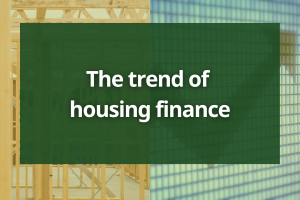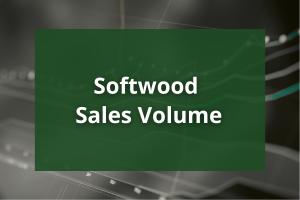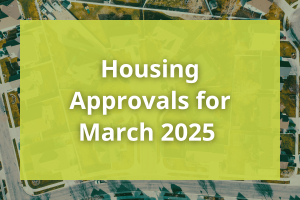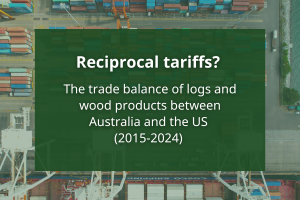Australia’s annualised inflation rate – the Consumer Price Index (CPI) lifted to a thirteen year high at 3.8% year-ended June 2021, after collapsing to -0.3% just a year earlier. Is the inflation genie out of the bottle, or is it the animal spirits of a reinvigorated national economy? In fact, and unsurprisingly, its somewhere in the middle. In more normal times such a result would reflect excessive demand potentially prompting an interest rate response from the RBA. This in why tracking CPI is important given the interconnection with interest rates and in turn new housing demand. However, we are a long way from that situation at the moment.
Timing is everything, and the annualised CPI, measured to the end of the June quarter, takes as its reference point, the June quarter of 2020. Things were tough then, for the national economy and the psyche. A lot of people lost jobs and income and the nation ground to a halt. Little wonder spending went backwards, and that contributed to a sharp lift in the headline annualised CPI for the year-ended June 2021.

So, the fact the CPI is above the RBA target of 2-3% per annum, did not see the central bank charge out of the blocks in angst. Indeed, with about half the nation in lockdown when the numbers were released, the historical CPI was more-or-less subsumed by the immediate needs of these challenging times.
Perhaps as relevant, the 0.8% rise in the CPI in the June quarter was expected and is very close to the annualised target range. The September quarter will be pretty lousy and the headline CPI will contract again, in any event.
As John Kehoe wrote in the Australian Financial Review, the inflation genie is not out of the bottle, as was the case back in 2008. The expected rise in the CPI came about because temporary free child-care and low petrol prices from a year ago were unwound over the year. We note of course that this August seems a lot like Groundhog Day, for childcare expenses at least!
The modern CPI – read the next item to see what we mean by that – is more responsive than in the past, so it is measuring the movements in the actual cost of living far more effectively than was the case thirteen years ago. There are still lag effects, but they are by no means way out of kilter with the actual lived experience, as was once the case.
In many respects, that is why the headline CPI is an unhelpful number. It includes some fairly volatile items, which is one of the reasons there is emphasis on what is known as the trimmed mean, measuring underlying inflation.
Here, we can see the measures of underlying inflation, with the trimmed mean (in orange) showing up an annualised 3.1% after the removal of volatility. More to the point, the weighted median CPI is running at just 1.7% – there is room for more price growth before the RBA looks to increase interest rates in efforts to reign in expenditure. Consensus is the RBA will not move until 2024 on that front!

There are those who see inflationary pressures on the horizon, including in the US, where wages pressures, combined with fiscal stimulus have made the CPI upwardly mobile. The Financial Times’ Chris Giles (writing in the AFR in late August) pointed to these and some other international trends of concern about inflation and wages growth in coming years.
Maybe that will be an issue, but with trillions of dollars of fiscal stimulus to be withdrawn and a pandemic from which to recover, the inside bet is that central bankers the world over are likely to be kicking any inflation concerns down the road for a fair while yet.



